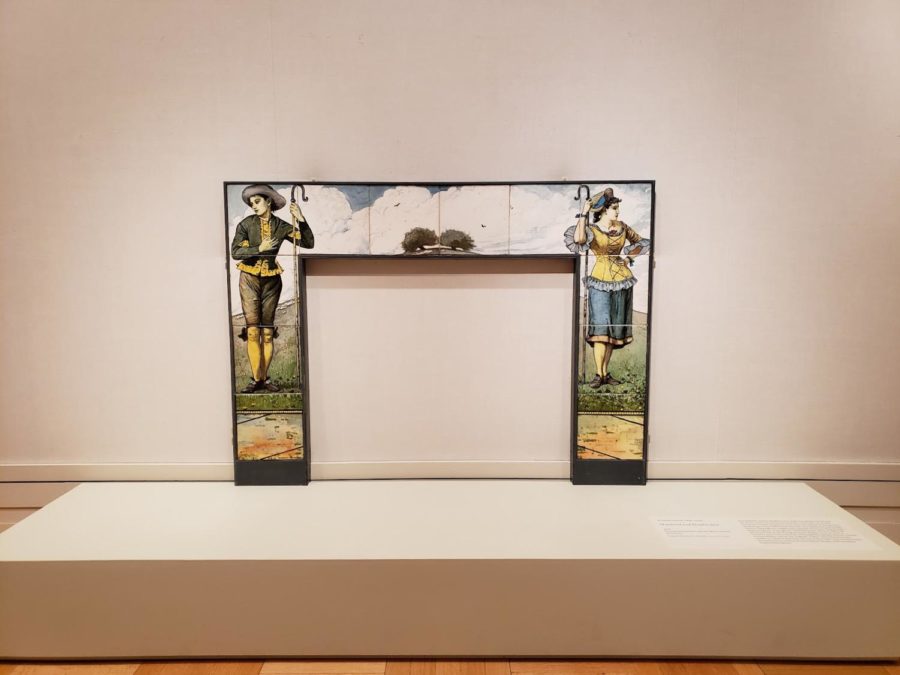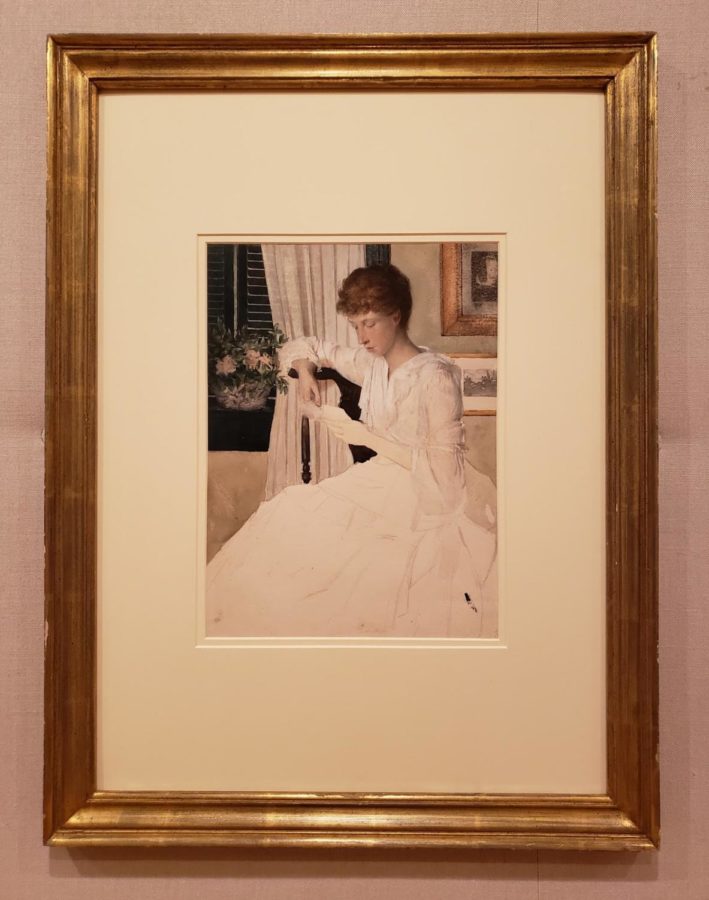Referring to the Past: A Review of ‘New York Art Worlds, 1870-1890’ at The Metropolitan Museum of Art
Curators in the American Wing bring together an informative view of the art worlds of New York City of the late 19th century with a collection of pieces important to the era.
‘Shepherd and Shepherdess’ by Winslow Homer is one of the most distinguished pieces produced by a member of the Tile Club that is identifiable as such. It is meant to be a decorative mantelpiece of two “old fashioned” herders, and is one of the artist’s most ambitious tile pieces along with several other tile creations.
Imagine walking between Washington Square Park and the Flatiron Building in the late 1800s, taking in the views and beautiful scenery that the prosperity of the neighborhoods provided. What is lesser known about the area is that it was an artistic hotspot between the 1870s to 1890s.
Famous places within these few blocks included the Art Students league, the Historical Society, and even the original location of the Metropolitan Museum of Art. Now, the Met is paying tribute to the significance of this time period in art history within New York, in the exhibit, ‘New York Art Worlds, 1870-1890.’
Going back to the time, it’s more than likely you would walk past several academies, studios, and associations tied to the arts. Their specialties ranged from glass-work, the memorable tile-painters, or even ensuring that marginalized groups during that time such as women and people of color had representation in the art world. This was all part of a larger movement during the 1800s in New York that boosted artist’s careers and was considered a golden age for the time.
New York became a metropolis for art during the late 1800s, combining industrialization-era mechanizations with art, and becoming a hub of artistic activity in the Western world. Many artists, both from the city as well as those moving there, found solace in the many different communities, or guilds, that accepted the creative thinkers. During this time, now known as the Gilded Age, artistry was on a particular high as the establishment of the Metropolitan Museum of Art took place. In 1866, a collection of American citizens, businessmen, and financiers agreed to establish a center for education and incorporation of art into the nation after visiting France. In 1870, the museum opened in the Dodworth Building at 681 Fifth Ave, right when art started to truly flourish within the city.
The American Wing of the Metropolitan Museum of Art is renowned for its diverse collection of artwork of the continent. Even though the Met had been collecting American pieces of art since its creation in 1870, an official wing dedicated to the subsection was opened in 1924. Artwork found within the wing ranges from intricate pieces of furniture of the upper class to traditional Parfleche flat cases of the Comanche.
At the close of the American Civil War in 1865, art became a means of communication of not only the lived horrors of the war, but also of the process of moving on from the war into a new era. Artists during the war documented the gruesome battles that took place and expressed the reality of the abhorrent situations.
However afterwards, many citizens began to focus on European styles in a distinct shift from the grim depictions of war to romanticized versions of everyday life. Especially in New York, scenes of the art world as well as artwork produced in the community of metropolitan creators were based on trends in the “Old World.” Many young American artists such as Augustus Saint-Gaudens and John La Farge studied in France as it became a place of elegance in the art world. Back in America, wealthy families indulged in conspicuous consumption, or the purchase of lavish goods in an effort to display wealth, which included items such as European-style furniture and Persian rugs for their apartments. Artists appealed to these families because of their training.
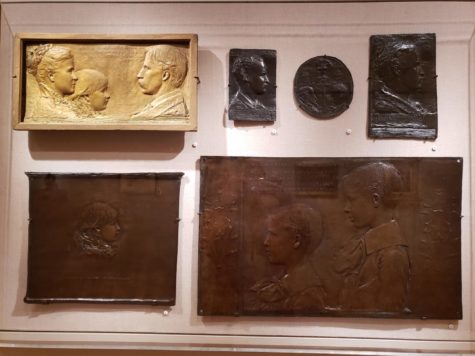
Along with influences from Europe came a new age of prosperity and opulence. The Gilded Age, which followed the American Civil War, was a time of elegance and decadence that encouraged the development of art communities within metropolitan areas. New York became home to different societies and academies that studied different art types, and newer artists dabbled in newer movements that shaped their careers and the people affected by them.
In New York City, what was called the New Movement began to gather a large following. In this instance, younger artists who had studied in Europe came back to America and rather than adhere to the perceived traditionalism of the time, they tried to redefine what artistry looked like, what materials it was made of, and what a finished piece looked like or could represent.
Specific associations include the Tile Club and the Ladies’ Art Association. The Tile Club originally focused on the decoration of 8 inch tiles; however, it soon expanded to focus on experimentation with all media. This has produced works such as ‘Shepherd and Shepherdess’ by Winslow Homer (see the photo above for an illustration of it) and ‘A Book of the Tile Club’ made by various members of the association. The Tile Club was quite exclusionary to women and people of color, who had to find other ways to independently become part of the New York City art world.
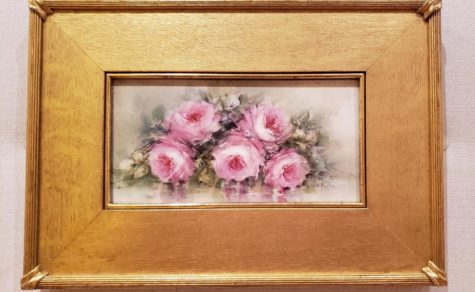
With the collaboration of artists in the New Movement came a series of saloons and communes that accepted these artists. Many wealthy patrons, such as Helena de Kay and Richard Watson Gilder, hosted salons in their homes where emerging artists could display their work and gain a larger audience. This time in the Gilded Age and larger New York history became synonymous with abundance and celebration.
Within the exhibition itself, history is well-represented. While there were reforms within the late 19th century that led to increased representation of minority artists, there were also still many reforms to be made. An example of this is found within one of the associations that many artists found themselves to be a part of: the Tile Club. It was exclusionary in allowing only white men to join.
Even though some artists were unable to join certain associations, there were many connections set up inside and outside of the art worlds of New York, between journalists and other artists. If a journalist was friends with you or shared a mutual friend, it was almost guaranteed that you would receive a good review in the papers, and from there, you could grow your business and your art career. In return, many artists found it good practice to create portraits of friends and acquaintances, as seen with Augustus Saint-Gaudens’ camaraderie with Mrs. Schuyler van Rensselaer, who wrote well of him in her articles.
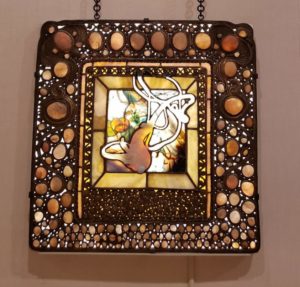
Other times, artists were at each other’s necks, arguing. Around the late 19th century, many artistic pursuits turned towards capitalism as artists started to market their creations rather than create for the sake of expression. Many artists sought to trademark their works, and sometimes rather inflamed legal battles resulted from these, most notably between John La Farge and Louis Comfort Tiffany and their stained glass techniques.
Disregarding the heated court cases that decorated the lives of some artists, the ‘New York Art Worlds’ exhibit serves as a homage to the era and its contributions to the art worlds as well as to the Metropolitan Museum of Art. There is nothing especially disruptive within the exhibition, and the overall goal of the showcase is to educate viewers regarding the artworks themselves and the society surrounding them. Portraying the art world of New York as one large society where mutual connections could be found everywhere, the exhibit demonstrates a glimmering golden age.
The ‘New York Art Worlds, 1870-1890’ exhibit closes on July 21st, 2024.
New York became a metropolis for art during the late 1800s, combining industrialization-era mechanizations with art and becoming a hub of artistic activity in the Western world.
Dara King is an Editor-in-Chief for ‘The Science Survey.’ She loves the creative and intellectual opportunity that journalism can provide and the...

